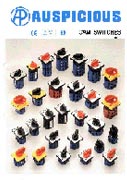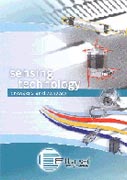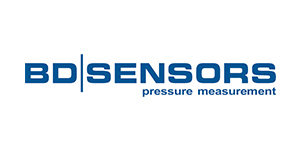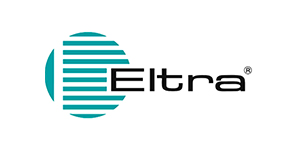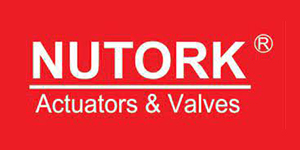Introduction
Tilt sensors are devices used to measure the angle of an object with respect to the ground. They are an essential component of automation systems that require precise monitoring and control of machinery and equipment orientation. The use of tilt sensors in automation has become increasingly important in recent years, as it enables operators to detect early signs of tilt or inclination in machinery and take preventive action before more severe damage occurs. In this article, we will explore the application of tilt sensors in automation, the different types of sensors available, and the benefits they offer.
Application of Tilt Sensors in Automation Tilt sensors are used in a variety of automation applications, including:
- Construction: Tilt sensors are used in construction applications to monitor the tilt or inclination of structures, such as buildings and bridges, and detect any potential instability or deformation.
- Industrial Machinery: Tilt sensors are used in industrial machinery to monitor the orientation of equipment and detect any potential tilt or misalignment.
- Transportation: Tilt sensors are used in transportation applications to monitor the orientation of vehicles, such as trains and airplanes, and ensure their safe operation.
- Robotics: Tilt sensors are used in robotics to monitor the orientation of robotic arms and ensure their precise movement and control.
Types of Tilt Sensors There are several types of tilt sensors available, including:
- Pendulum Sensors: Pendulum sensors use a weighted pendulum to detect the angle of tilt.
- Fluid-Level Sensors: Fluid-level sensors use the surface tension of a liquid to detect the angle of tilt.
- Electrolytic Sensors: Electrolytic sensors use a conductive liquid to detect the angle of tilt.
- MEMS Sensors: MEMS (Micro-Electro-Mechanical Systems) sensors use microfabrication techniques to create small, highly sensitive sensors that can detect the angle of tilt.
Benefits of Tilt Sensors in Automation Tilt sensors offer several benefits in automation applications, including:
- Early Detection: Tilt sensors enable early detection of tilt or inclination in machinery or structures, allowing operators to take preventive action before more severe damage occurs.
- Increased Safety: Tilt sensors increase safety by monitoring the orientation of equipment or structures and preventing potential instability or deformation.
- Improved Efficiency: Tilt sensors improve efficiency by enabling precise monitoring and control of machinery and equipment orientation.
- Easy Integration: Tilt sensors are easy to integrate into existing automation systems, with a wide range of interfaces available, including analogue, digital, and serial.
Conclusion
Tilt sensors are an essential component of automation systems that require precise monitoring and control of machinery and equipment orientation. They offer several benefits, including early detection of tilt or inclination, increased safety, improved efficiency, and easy integration into existing automation systems. With their versatility and wide range of applications, tilt sensors are likely to remain an integral part of the automation industry for many years to come.

